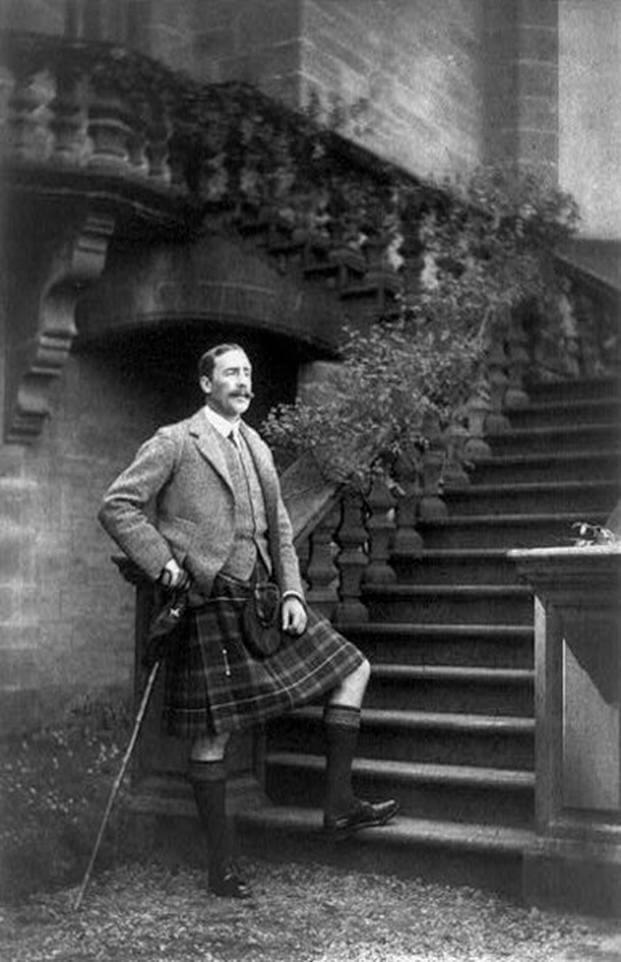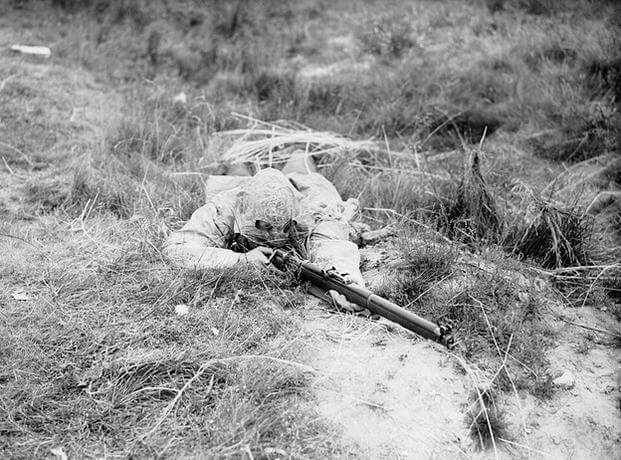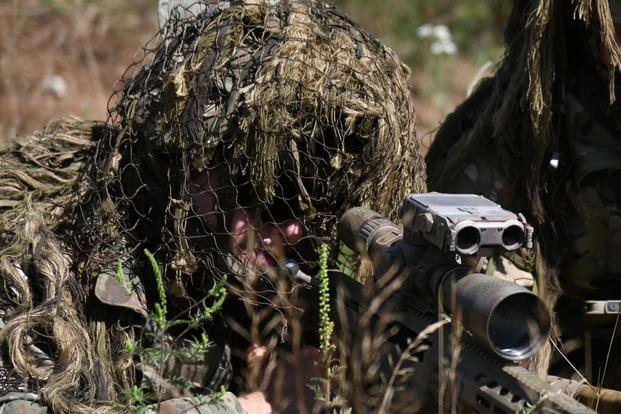On Oct. 7, 1777, British Brig. Gen. Simon Fraser rode a gray horse along the ridge at Bemis Heights, urging his men forward. The Americans had pressed hard against British lines at Saratoga, and Fraser’s presence inspired the redcoats. One officer later wrote that he was “the very life and soul of the action.”
That same visibility made him a target. American riflemen under the fabled Col. Daniel Morgan had been firing all morning, picking off officers and artillerymen. According to tradition, Morgan pointed Fraser out and told one of his men, “That gallant officer is General Fraser. I admire him, but it is necessary he should die. Do your duty.”
Timothy Murphy, a Pennsylvania rifleman reputed to be among the best shots in Morgan’s corps, supposedly climbed a tree, steadied his long rifle, and fired. After two misses, the third shot struck home. Fraser slumped in the saddle and was carried from the field. He died that night.
Whether Murphy truly fired the fatal shot remains uncertain — his name doesn’t appear in contemporary accounts. But the death itself is undisputed, and its impact was immediate. Without Fraser, the British defense collapsed. The surrender that followed at Saratoga convinced France to join the war. A single rifleman’s bullet had altered the course of history.
Lovat Scouts
More than a century later, another Fraser would add to the history of sniping. Simon Joseph Fraser, 14th Lord Lovat, distant relative to Gen. Fraser, raised a regiment during the Second Boer War in 1899. His unit — the Lovat Scouts — came largely from the Scottish Highlands, where the men earned their living stalking deer, guiding hunts, and working as gamekeepers.
They were exactly the kind of soldiers Britain needed in South Africa: resourceful, comfortable in the wilderness, and skilled with shooting and survival. Lord Roberts, commander of British forces in the region, called them “the eyes and ears of the army.”
To move unseen, the Scouts relied on the same methods they used to approach game in the Highlands. They wore rough cloaks made of burlap and canvas, with strips of fabric and local vegetation sewn in. The technique was borrowed from hunting “ghillies,” or guides, who taught sportsmen how to blend into the terrain. In South Africa, the practice became a weapon of war. These improvised cloaks were the first true ghillie suits put to military use.
The Lovat Scouts quickly earned a reputation for stealth and accuracy. They scouted Boer positions, called artillery fire, and sniped at long range. After the war, British officers remembered them not as conventional soldiers, but as masters of camouflage and reconnaissance. By 1916, the Lovat Scouts had been reorganized into the British Army’s first formal sniper unit.
One observer wrote, “They were all game stalkers or keepers, and if they reported a thing, the thing was as they reported it.” Their credibility and lethality were inseparable — the ghillie suit only amplified both.

Snipers in the Trenches
The First World War pushed the sniper to urgent necessity. Trench warfare created static battle lines where soldiers lived under constant observation and fire. Any man who exposed himself above the parapet risked death from a rifle scope hundreds of yards away.
The Germans were the first to systematize sniping, fitting Mauser rifles with high-quality optics. The British and French responded in kind, often with inferior equipment at first. By 1915, the British Army had established sniper schools and issued improved scoped rifles.
Camouflage became as important as marksmanship. Snipers built hides from sandbags, corrugated iron, and painted cloth. Some wore hoods and cloaks patterned with primitive camo designs. Others experimented with face veils or painted helmets. It was an era of innovation — as well as trial and error.
The role expanded beyond killing. Snipers were expected to watch enemy lines for movement, identify new machine-gun nests, and spot artillery batteries. The most successful could delay attacks by their presence alone as neither side dared to show their heads.
From Gallipoli to France, the Lovat Scouts began sending out detachments of snipers and spotters to target enemy lines — they became known as “sharpshooters.” The Scouts’ reputation for precision helped cement the idea of the sniper as a distinct role in modern armies.

The Second World War
By 1939, every major power had sniper doctrine. Germany built dedicated sniper schools, producing sharpshooters who operated in pairs and were often equipped with purpose-built rifles. The Soviet Union went further, making sniping a profession.
The Soviets fielded thousands of trained snipers, many of them women, who became celebrated heroes. Lyudmila Pavlichenko, credited with 309 kills, told an American audience in 1942, “Every German who remains alive will kill women, children and old folks. Dead Germans are harmless.”
At Stalingrad, snipers like Vasily Zaitsev became central to the war effort. His reported duels with German snipers became legendary, though the details were later dramatized. What mattered was the example: one soldier with a scoped rifle could tie down whole units.
The Allies also invested more in camouflage and concealment. British and Canadian snipers revived the ghillie suit, adapting it for forests and hedgerows. After training in Canada, the Lovat Scouts participated in Normandy and Italy.
American Marines, fighting across the Pacific, relied on snipers to disrupt Japanese defenses. Likewise, Japanese snipers concealed themselves in elaborate camouflage, sometimes weaving natural foliage into their uniforms to harass American troops.

The Modern Sniper
Today’s military sniper is a fusion of all these traditions. Modern rifles can reach beyond a mile with precision. Optics now include thermal and night vision. Rangefinders, wind meters, and ballistic calculators assist with shots that earlier generations would have considered impossible.
Yet the essentials remain rooted in the Scottish Highlands. Concealment, patience, and fieldcraft matter as much as hardware. A ghillie suit — whether made from burlap, local foliage or advanced synthetic fibers — still embodies the same principle that Highland hunters used a century ago. The goal of sniping has remained unchanged ever since: make yourself invisible and kill the enemy before he discovers you.
Though not directly related, both Frasers belonged to the powerful Fraser clan of the Scottish Highlands. One Fraser’s death in America showed the power of the rifleman, and another Fraser’s regiment gave snipers their most iconic camouflage.
From the forests of Saratoga to the mountains of Afghanistan, the sniper’s lesson hasn’t changed: one hidden marksman can shape the outcome of a war.
















